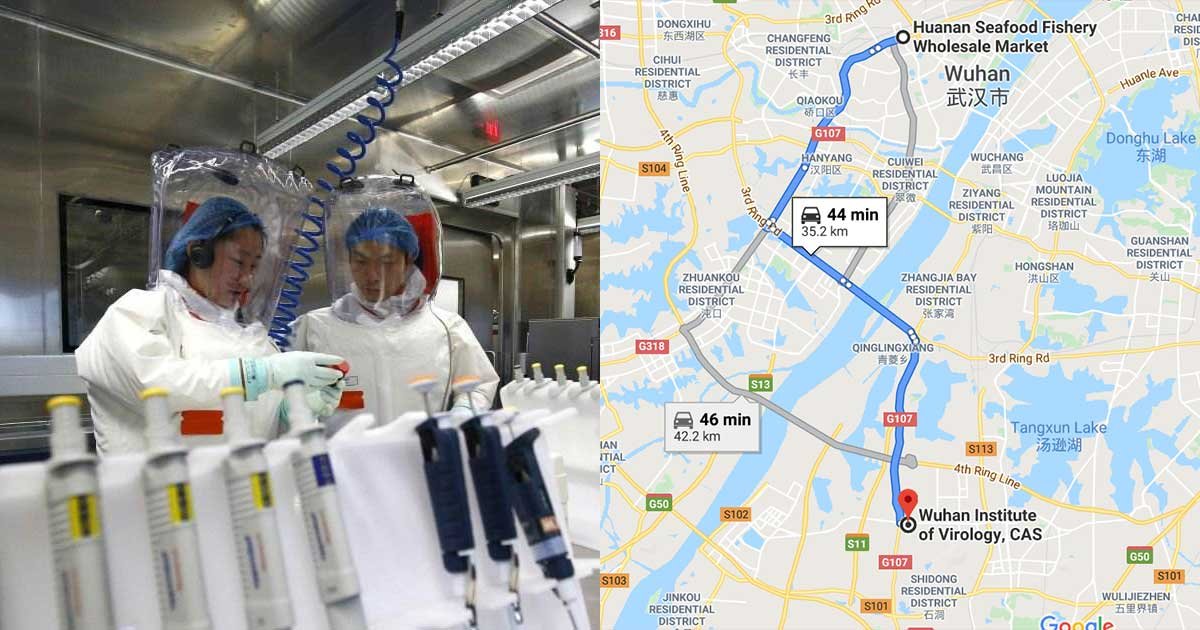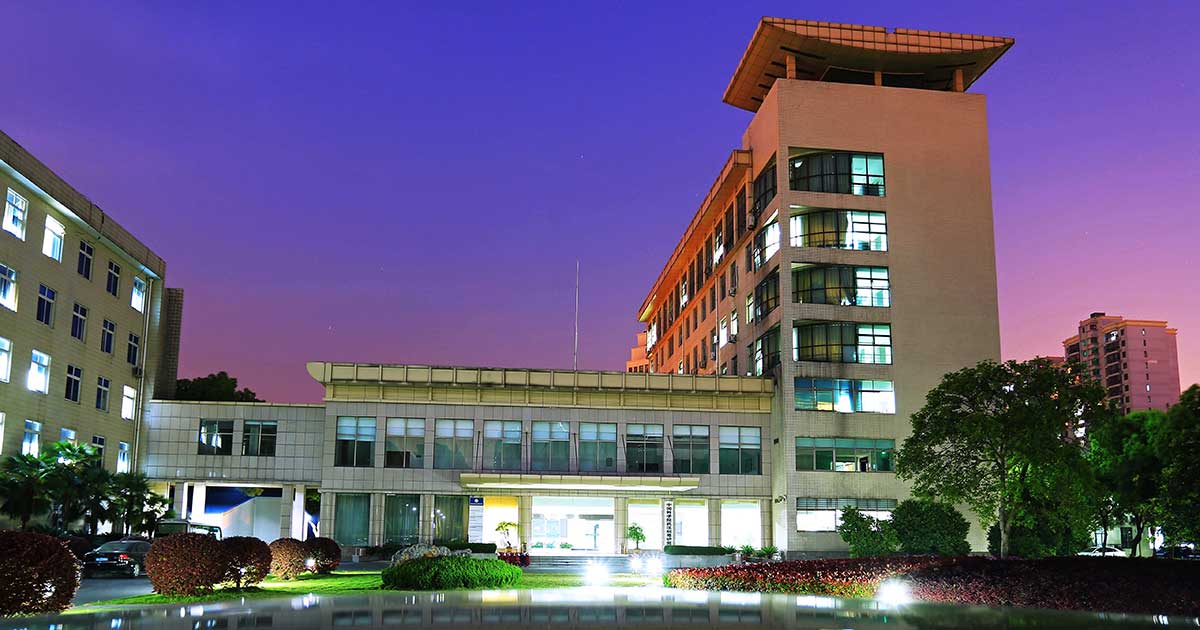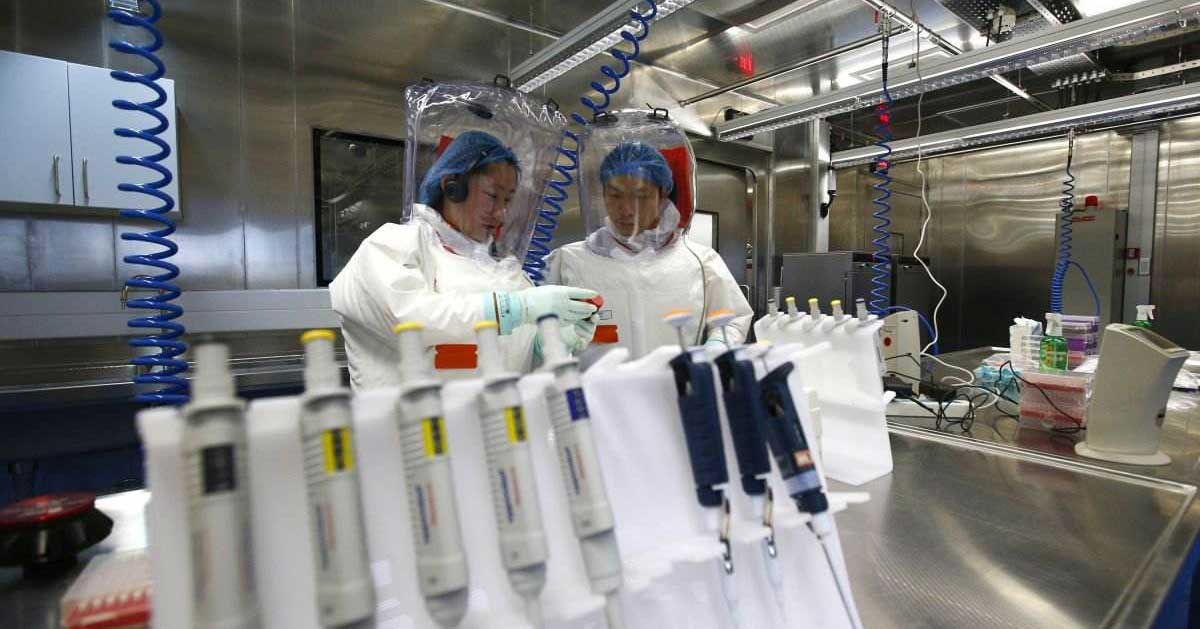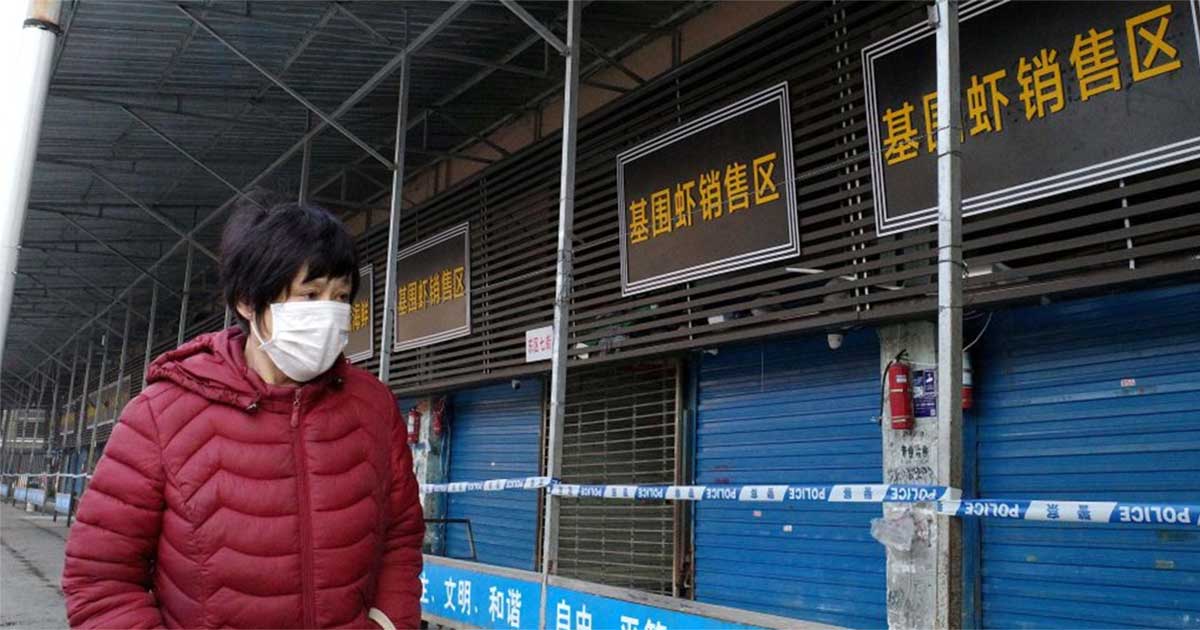In 2017, scientists had expressed concerns that a SARS-like virus may escape a laboratory in Wuhan, China.
The Wuhan National Biosafety Laboratory was setup that same year to conduct research on some of the most dangerous pathogens around the world.
Currently, an unnamed SARS-like coronavirus infected hundreds of people in Wuhan, as well as in other countries.
China’s plan was to have five to seven biolabs built for maximum safety in Wuhan, where they could study high-risk pathogens like Ebola and SARS.
The main goal of this plan was for China to help contribute research on the world’s most dangerous viruses.
When the laboratory was about to open, Maryland biosafety consultant Tim Trevan said that he worries that the Chinese culture may make the institute unsafe.
There are some incidents recorded that show that the SARS virus had escaped from a lab in Beijing multiple times.
The Wuhan National Biosafety Laboratory is about 20 miles away from Huanan Seafood Market, and there are talks if this is simply coincidental.
For now, the scientific community believes that the unknown virus jumped to people through animal – human contact at Huanan Seafood Market.
On the other hand, Rutgers University microbiologist Dr. Richard Ebright believes that there is no reason to suspect that the facility has anything to do with the outbreak.
According to him, the only thing the facility should be responsible for at the moment is to conduct a crucial genome sequencing that will lead the doctors to diagnose the virus.
The laboratory was built in 2015, and is was the first laboratory to meet biosafety-level-4 (BSL-4) standards.
As a BSL-4 compliant, it means that the laboratory is qualified to handle the most dangerous pathogens known to man.
Currently there are only about 54 BSL-4 laboratories worldwide.
Initial plan was to take up on BSL-3 viruses, but in January 2018 the laboratory was approved to start research on BSL-4 pathogens.






